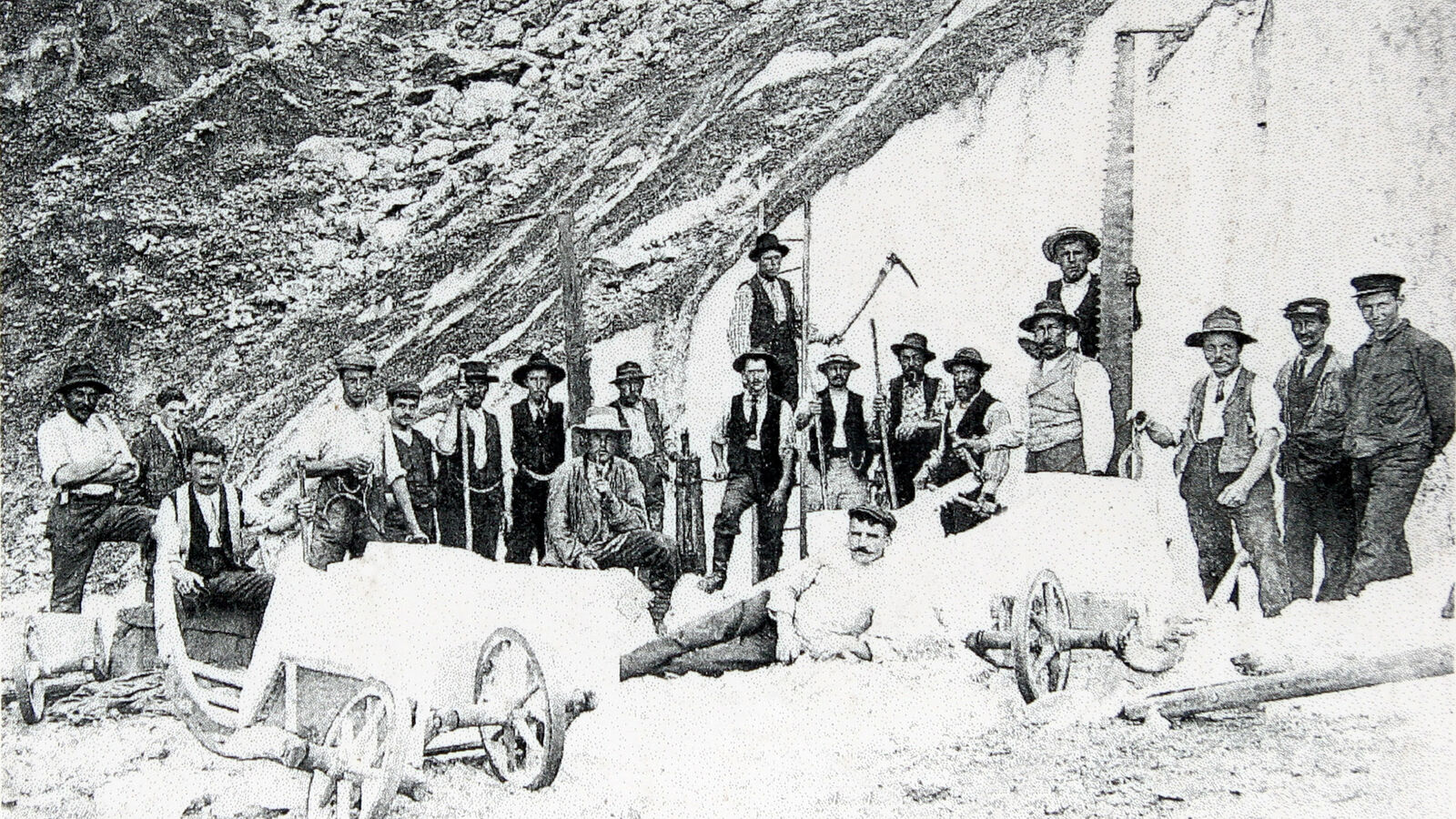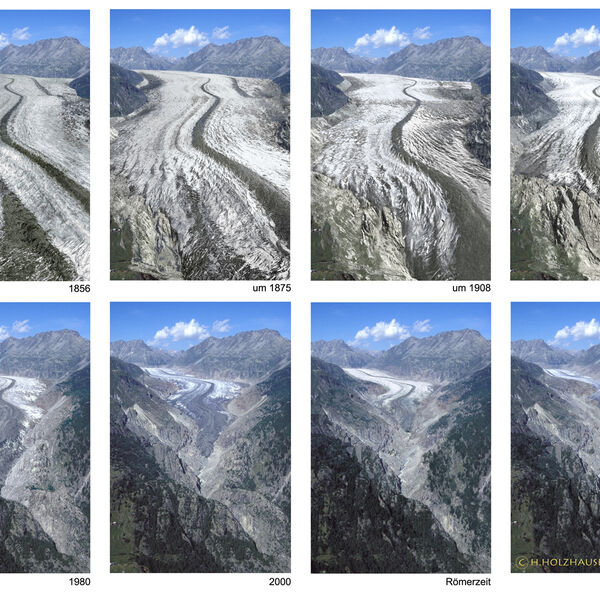Schweizer Alpen Jungfrau-Aletsch
Unterer Grindelwaldgletscher
Nirgends sonst in Europa rückten die Eismassen so nah an den besiedelten Raum wie in Grindelwald. Das Eis bedeckte wertvolles Kulturland und zerstörte Wohnhäuser. Ab dem 18. Jahrhundert wurde der Untere Grindelwaldgletscher zu einer touristischen Attraktion und einem Studienobjekt. Entsprechend ist die Zahl und Qualität der historischen Bild- und Schriftquellen. Der Gletscher ist der bestdokumentierte Gletscher der Alpen. Gletschereis wurde von 1860 bis 1914 auch kommerziell abgebaut und als begehrtes Kühlmittel bis nach Paris exportiert. Als sich der Gletscher Mitte der 1860er-Jahre markant zurückzog, gab er einen überraschenden Fund frei: grosse Marmorblöcke. Wie sich herausstellte, war an dieser Stelle 100 Jahre früher ein Steinbruch betrieben worden.
Am Unteren Grindelwaldgletscher bildete sich in den letzten Jahren infolge des raschen Rückzugs des Eises ein Gletschersee, der durch plötzliche Ausbrüche das Tal bedrohte. Abhilfe schafft nun ein rasch erstellter Tunnel, mit dem der See permanent entleert wird. Die Schlucht des Gletschers ist ein Meisterwerk der Natur. Heute führen künstliche Stege über die tosenden Schmelzwasser ins Innere der Schlucht, deren glatten Wände mehr als 100 Meter in die Höhe ragen.
Mit einer Länge von 8,85 km und einer Fläche von 20,6 km (Werte 2004) ist der Untere Grindelwaldgletscher der neuntlängste bzw. der sechstgrösste Gletscher der Schweizer Alpen. Nur das Obere Ischmeer und der Berner Fieschergletscher (nicht zu verwechseln mit dem Walliser Fieschergletscher) fliessen heute noch zusammen und bilden die Zunge des langsam schwindenden Unteren Grindelwaldgletschers.
Grindelwaldgletscher
Ein Beitrag von Nadja.

















